Calgary
Calgary Crime Group Linked to Fentanyl Lab, Drug Importation, Homicide

A year-long investigation by ALERT has dismantled an alleged organized crime group operating out of Calgary. ALERT worked alongside the Calgary Police Service and the U.S. Drug Enforcement Administration to link the group to numerous alleged criminal offences.
Project Arbour was an investigation by ALERT Calgary’s organized crime and gang team that uncovered a Calgary organized crime group’s alleged operation of a fentanyl and steroids lab; cross-border drug trade and Utah’s largest meth seizure; and the alleged role in the murder of Colin Reitberger and Anees Amr. Project Arbour concluded on February 15, 2018, when several Calgary homes were searched and arrests were made.
“I want to applaud all investigators and officers involved in Project Arbour for helping to keep Alberta communities safe. Thanks to the hard work of ALERT, CPS and their partner agencies, this year-long investigation has taken deadly drugs off our streets,” said Kathleen Ganley, Alberta Minister of Justice and Solicitor General. “Project Arbour is proof that ALERT’s cooperative approach to policing works.”
Project Arbour began shortly after 100 kilograms of meth was found in a vehicle occupied by three Calgary-area men in October 2016. The vehicle was stopped just south of Provo, Utah, and was part of an investigation by Utah Highway Patrol, DEA Los Angeles and DEA Salt Lake City. The seizure was described as the state’s largest meth bust and it is believed the drugs were destined for Canada.
Since the record seizure and arrest, ALERT has worked alongside the DEA to share intelligence and enforcement strategies. It is the investigators’ belief that the Canadians arrested were couriers and working for a Calgary-based organized crime group under the direction of Allistair Chapman. ALERT further alleges that the group was involved in the importation and exportation of drugs from Alberta, British Columbia, and the United States.
Meanwhile, north of the border, a suspected clandestine drub laboratory was located in Calgary as part of the investigation. A garage in the Rosscarrock area was allegedly being used to produce fentanyl and steroid pills. The RCMP’s Clandestine Lab Enforcement and Response (CLEAR) Team dismantled the suspected lab and, in the process, seized a functioning pill press, pill press punch dies, a 50-litre powder mixer, and more than 17 kilograms of various chemical powders.
The pill press seized was capable of producing an estimated 18,000 pills an hour and the dies bore the stamps familiar to fentanyl of “80” and “CDN”. The pill press was contaminated with fentanyl and submitted for destruction.
The RCMP CLEAR team was later utilized to dismantle a suspected cannabis resin manufacturing lab in the Cougar Ridge neighbourhood, where an additional 500 grams of suspected fentanyl powder was seized along with varying amounts of cannabis products.
A total of four search warrants were conducted during Project Arbour. In addition to the large quantities of drugs seized, investigators also seized five firearms – including two shotguns and three rifles – and body armour.
CPS has worked closely with ALERT on Project Arbour, as it is believed Colin Reitberger was killed because of his link to the drug trade and Anees Amr was an unintended target. Christian Ouellette was arrested weeks after the shooting in June 2017, and the 20-year-old is allegedly part of Chapman’s criminal organization. Project Arbour yielded evidence to suggest that Blais Delaire, another member of Chapman’s group, assisted Ouellette in obtaining the weapon used in the homicides.
Three other members of Chapman’s group were arrested as part of Project Arbour: Matthew Speirs, 24; Drew Mann, 25; and Bryan Livingston, 32. A total of 46 charges have been laid related to drug offences, conspiracy to import/export, firearms trafficking, and participating/instructing a criminal organization.
Project Arbour resulted in the following items being seized:
- 5 firearms;
- 18 kilograms of suspected fentanyl powder;
- Pill press and dies;
- 50-litre powder mixer;
- 7 kilograms of methamphetamine;
- 2 kilograms of cocaine;
- 700 grams of heroin;
- 8.5 kilograms of cannabis products; and
- Two vehicles seized.




The powder substances have been submitted for complete chemical analysis and ALERT is awaiting the full results.
A number of partner agencies were involved in Project Arbour, including various teams within the Calgary Police Service and RCMP; RCMP Ridge Meadows; Alberta Sheriffs; Canada Border Services Agency (CBSA); Financial Transactions and Reports Analysis Centre of Canada (FINTRAC); and DEA offices in Salt Lake City, Los Angeles, Imperial County, and Vancouver.
Members of the public who suspect drug or gang activity in their community can call local police, or contact Crime Stoppers at 1-800-222-TIPS (8477). Crime Stoppers is always anonymous.
ALERT was established and is funded by the Alberta Government and is a compilation of the province’s most sophisticated law enforcement resources committed to tackling serious and organized crime. Members of the Calgary Police Service, Edmonton Police Service, Lethbridge Police Service, Medicine Hat Police Service and RCMP work in ALERT.
Alberta
This is what wasting taxpayer dollars sounds like
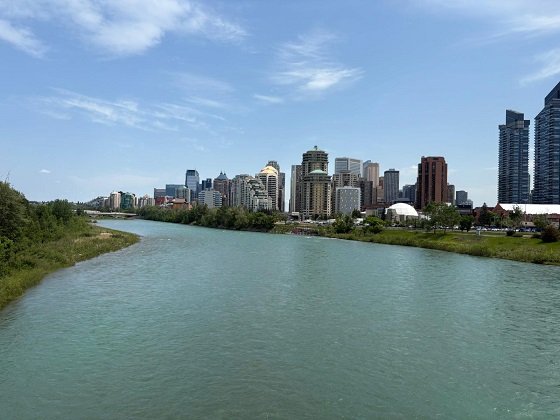
From the Canadian Taxpayers Federation
The Canadian Taxpayers Federation is calling on the City of Calgary to scrap the Calgary Arts Development Authority after it spent $65,000 on a telephone line to the Bow River.
“If someone wants to listen to a river, they can go sit next to one, but the City of Calgary should not force taxpayers to pay for this,” said Kris Sims, CTF Alberta Director. “If phoning a river floats your boat, you do you, but don’t force your neighbour to pay for your art choices.”
The City of Calgary spent $65,194 of taxpayers’ money for an art project dubbed “Reconnecting to the Bow” to set up a telephone line so people could call the Bow River and listen to the sound of water.
The project is running between September 2024 and December 2025, according to documents obtained by the CTF.
The art installation is a rerun of a previous version set up back in 2014.
Emails obtained by the CTF show the bureaucrats responsible for the newest version of the project wanted a new local 403 area code phone number instead of an 1-855 number to “give the authority back to the Bow,” because “the original number highlighted a proprietary and commercial relationship with the river.”
Further correspondence obtained by the CTF shows the city did not want its logo included in the displays, stating the “City of Calgary (does NOT want to have its logo on the artworks or advertisements).”
Taxpayers pay about $19 million per year for the Calgary Arts Development Authority. That’s equivalent to the total property tax bill for about 7,000 households.
Calgary bureaucrats also expressed concern the project “may not be received well, perceived as a waste of money or simply foolish.”
“That city hall employee was pointing out the obvious: This is a foolish waste of taxpayers’ money and this slush fund should be scrapped,” said Sims. “Artists should work with willing donors for their projects instead of mooching off city hall and forcing taxpayers to pay for it.”
Alberta
Scotia Place – Calgary unveils design for new arena / events centre

News release from the City of Calgary
Scotia Place, Calgary’s new event centre, designed as a place for community where there is room for everyone
The City of Calgary and Calgary Sports and Entertainment Corporation (CSEC) are excited to reveal the design for Calgary’s new event centre – formally named Scotia Place.
The design is influenced by the ancestral and historical land of Indigenous Peoples and the culturally significant site that embodies our shared purpose – to gather. It brings together Indigenous cultural perspectives with Calgary’s and the region’s natural beauty, reflecting the four elements of nature – fire, ice, land and air.
A striking feature of the building is the central structure with a textured flame motif that emulates a home fire, which is further amplified when it is lit at night. The home fire, a place of warmth and energy that brings people together to share stories of the past and create stories for the future, rises from the white, glacial-like forms that define the lower parts of the building.
“When you consider that Calgary is already the envy of other cities with a new world-class convention centre in the heart of the Culture + Entertainment District, the addition of Scotia Place is another signal to investors that our city understands how to build a future that leverages hospitality and hosting as its core strengths,” says Mayor Jyoti Gondek. “We are also acknowledging and honouring the foundational role that Indigenous communities have played for generations in making Calgary, and now Scotia Place, a space where we all belong.”
Scotia Place, which is scheduled to open in fall 2027, celebrates the area’s importance as a place for all and will be a landmark attraction in Calgary’s emerging Culture + Entertainment District. More than a building, however, the 10-acre city block is designed for community and connection and includes a community rink, outdoor and indoor plazas spaces, four restaurants, the Calgary Flames Team Store, and future development opportunity in the northeast corner. It will provide gathering places and amenities for the 8,000 people who will live in this new downtown neighbourhood.
“Calgary has a long history of hosting world-class events, drawing millions of visitors to the city each year, generating revenue for local businesses, and boosting the economy,” says Danielle Smith, Premier of the Province of Alberta. “With construction on the Calgary Rivers District and Event Centre now underway, Calgary is one step closer to a revitalized downtown that will bring new energy into the city, attract more exciting events, and create jobs to improve the quality of life for Calgarians.”
A development permit application for the facility was submitted on July 19, 2024. This was a significant milestone for the project team, consisting of CAA ICON, HOK-DIALOG, and CANA/Mortenson. People interested in following or commenting on the permit can find the application at Calgary.ca/dmap. The application is expected to be heard by the Calgary Planning Commission by end of 2024.
“This is an important day for Calgary,” says Councillor Sonya Sharp, Event Centre Committee Chair. “Today is about so much more than the designs of a building. Today is the unveiling of a place where Calgarians and visitors from around the world will make memories at concerts, and sport and community events. I hope that everyone is as excited as we are, knowing that Scotia Place will become the complete experience in our new Culture & Entertainment District.”
“At CSEC, a key component of our mission is to be the heartbeat of our community, create connections and bring people together,” said Robert Hayes, CSEC President and CEO. “Scotia Place will become the perfect home to achieve and share this mission with all Calgarians. Seeing the design brings the vision of so many contributors to life. We are especially thankful to the City of Calgary and the Province of Alberta for their leadership and support to help bring us to this point. In stride with our partner Scotiabank, we are very proud to play our role in presenting Scotia Place as the culmination of diligence and passion, that is now visual in this breathtakingly beautiful and meaningful facility.”
“For years we have seen firsthand the value these partnerships bring to the communities in which we operate and for our clients,” said Aris Bogdaneris, Group Head, Canadian Banking of Scotiabank. “Scotia Place introduces a bold new vision for what will be Alberta’s premier sports and entertainment venue. For nearly 20 years, Scotiabank has been a proud partner of Calgary Sports and Entertainment Corporation and together, we are committed to bring fans and our clients an unforgettable experience when they walk through the doors of Scotia Place.”
“We are excited to start the construction of the critical infrastructure needed to build thousands of new homes and to make the Calgary’s new Culture + Entertainment district a reality,” says Devin Dreeshen, Minister of Transportation and Economic Corridors. “Albertans expect basic infrastructure to be maintained and improved and this commitment from the province goes a long way in helping Calgary build these projects.”
Acknowledging the significance of the building’s location at the confluence of the Bow and Elbow Rivers on the ancestral land of the Treaty 7 Peoples and the Metis Nation, The City, CSEC, HOK-DIALOG and CAA ICON worked with an Indigenous Advisory Group that included representatives from the Treaty 7 Nations, the Métis Nation of Alberta, Region 3, and the Urban Indigenous community throughout the design process.
“It was great to be part of a truly representative voice that included all indigenous peoples of southern Alberta regarding the design of this center acknowledging the historic significance of the land it sits on to the Metis people,” said Carmen Lasante Captain of the Calgary Elbow Metis District. “Inclusivity is a core part of who the Metis are. The City has worked hard to include many diverse histories together in creating this space.”
“Engaging in the right way is fundamental to the success of relationship development with the Indigenous communities, as we have played a critical role in the identity of the land now known as the city of Calgary as the Indigenous nations are inextricable linked to the landscape and environment,” says Ira Provost, Piikani Nation Consultation
A key theme heard often during the Indigenous engagement sessions was “Come in, there is room”, making it clear that Scotia Place needs to be a place that is designed for all.
The public plazas are designed to honour the deep-rooted connection that Indigenous Peoples have with the land, incorporating representations of the tipi, Métis Trapper’s Tent, and elements of Alberta’s world-renown natural landscape.
An important design decision was to lower the event and ice surface so that the primary concourse will be at street-level. Calgarians and visitors will be able to move seamlessly between the curb, the primary concourse and the outdoor public plazas.
“We at DIALOG are thrilled to join forces with HOK and combine our unique expertise to transform Calgary’s Event Centre into the catalyst for a dynamic new urban community,” says Doug Cinnamon, Partner Architect at DIALOG.
“Other design principles including public realm activation, the integration of indigenous influences, public art & storytelling, sustainability, and a balance between past, present, and future is central to our vision. The ultimate goal is to ensure seamless accessibility, promote mixed uses, and create vibrant public areas for everyone to enjoy. This joint redesign represents an opportunity to spur investment into the area and enhance its cultural vitality, anchoring Calgary’s position as a thriving, bustling community hub.”
Scotia Place is a generational investment in Calgary’s emerging vibrant Culture + Entertainment District. A modern event centre with universal accessible design throughout and with energy and water conservation built in to maximize efficiencies and the ability to be net-zero by 2050, Scotia place is designed to serve Calgary’s growing community for decades to come.
Construction begins this week. Additional information about Scotia Place including design renderings, a video, and frequently asked questions is available on Calgary.ca/ScotiaPlace.
-

 Education1 day ago
Education1 day agoWhy more parents are turning to Christian schools
-

 Business2 days ago
Business2 days agoDemocracy Watchdog Says PM Carney’s “Ethics Screen” Actually “Hides His Participation” In Conflicted Investments
-
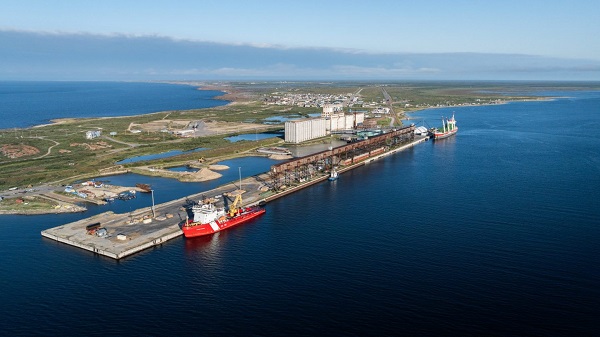
 Alberta1 day ago
Alberta1 day agoUpgrades at Port of Churchill spark ambitions for nation-building Arctic exports
-
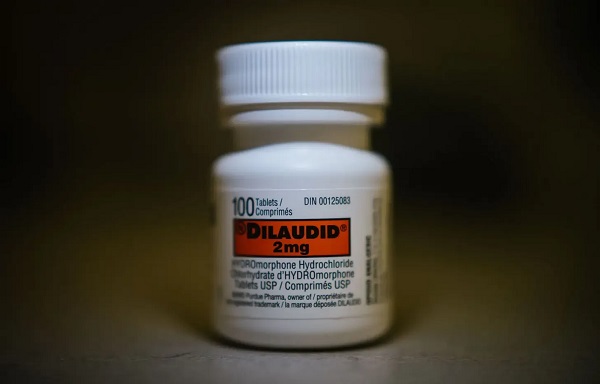
 Addictions2 days ago
Addictions2 days agoAfter eight years, Canada still lacks long-term data on safer supply
-

 Alberta1 day ago
Alberta1 day agoOPEC+ is playing a dangerous game with oil
-

 Business1 day ago
Business1 day agoIs dirty Chinese money undermining Canada’s Arctic?
-
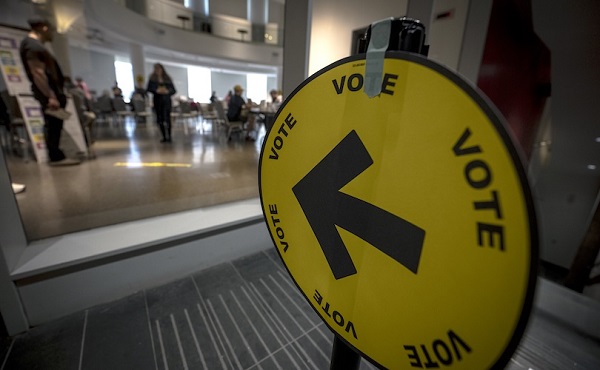
 National2 days ago
National2 days agoLiberals push to lower voting age to 16 in federal elections
-
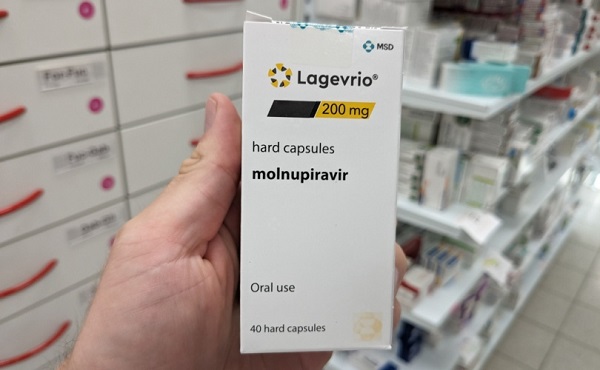
 COVID-191 day ago
COVID-191 day agoJapan disposes $1.6 billion worth of COVID drugs nobody used





